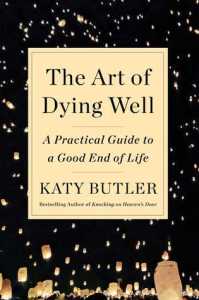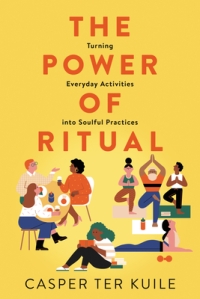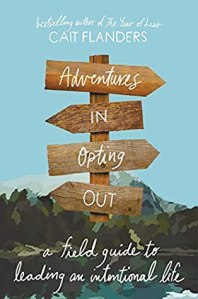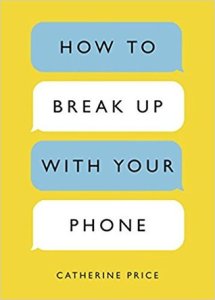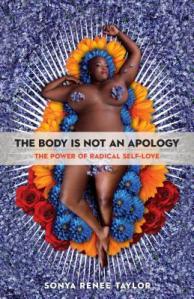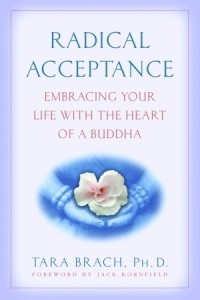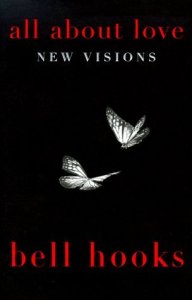Title: The Art of Dying Well: A Practical Guide to a Good End of Life
Author: Katy Butler
Genre: Philosophy/Self-Help
Trigger Warnings: Death, death of parents, medical content, terminal illness, cancer, grief
Back Cover:
The Art of Dying Well is about living as well as possible for as long as possible and adapting successfully to change. Packed with extraordinarily helpful insights and inspiring true stories, award-winning journalist and prominent end-of-life speaker Katy Butler shows how to thrive in later life (even when coping with a chronic medical condition), how to get the best from our health system, and how to make your own “good death” more likely. This handbook of step by step preparations—practical, communal, physical, and sometimes spiritual—will help you make the most of your remaining time, be it decades, years, or months.
Butler explains how to successfully age in place, why to pick a younger doctor and how to have an honest conversation with her, when not to call 911, and how to make your death a sacred rite of passage rather than a medical event.
This down-to-earth manual for living, aging, and dying with meaning and even joy is based on Butler’s own experience caring for aging parents, as well as hundreds of interviews with people who have successfully navigated a fragmented health system and helped their loved ones have good deaths. It also draws on interviews with nationally recognized experts in family medicine, palliative care, geriatrics, oncology, hospice, and other medical specialties. Inspired by the medieval death manual Ars Moriendi, or the Art of Dying, The Art of Dying Well is the definitive update for our modern age, and illuminates the path to a better end of life.
Review:
This is not really what I expected. I expected something more about getting your affairs in order and Medical Power of Attorneys and deciding what kinds of medical interventions you do and don’t want – something similar to Being Mortal. There is some of that in this book, but it’s also much, much more.
The Art of Dying Well is basically a step-by-step (or more accurately, stage-of-aging-by-stage-of-aging) guide to both the years leading up to your death and the dying process itself. The focus is on what you can do to maintain your functionality and independence as long as possible and limit your suffering when the inveitable becomes immediate. Whether you’re just starting to realize you’re no longer a spring chicken (or just received a terminal diagnosis), too far gone to make your own decisions (that chapter is addressed to caretakers), or somewhere in between, Katy talks about what’s going to be most important going forward, what you should focus on at this stage, some recommendations for programs, tools, and care, and which medical interventions are worthwhile and which will do more harm than good. Interspersed with all this is invaluable advice about having hard conversations, making sure your doctor and family are clear on what you want, getting paperwork in order, and navigating the American healthcare system.
Despite what you may guess from the fact that I have a “Required Reading” page on this blog, I don’t often like saying “everyone should read this book.” But if you are going to die someday or know someone who will, this book is full of useful information. Not all of it will be entirely relevant if you’re not American, but there’s still enough that isn’t America-specific to make this an invaluable resource. Death is scary and nobody knows for sure what happens after, if anything, but The Art of Dying Well is as close to a how-to manual for dying as you’re going to find.

